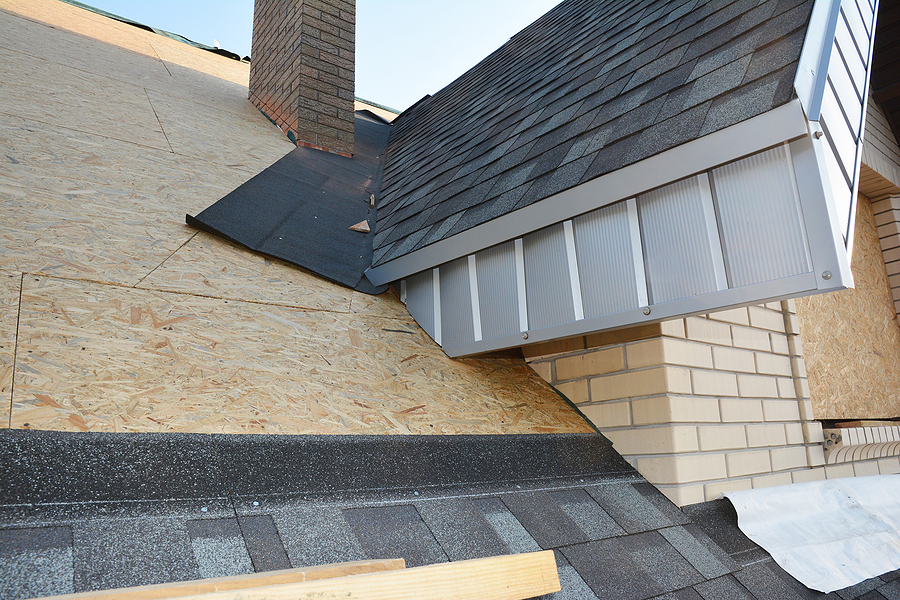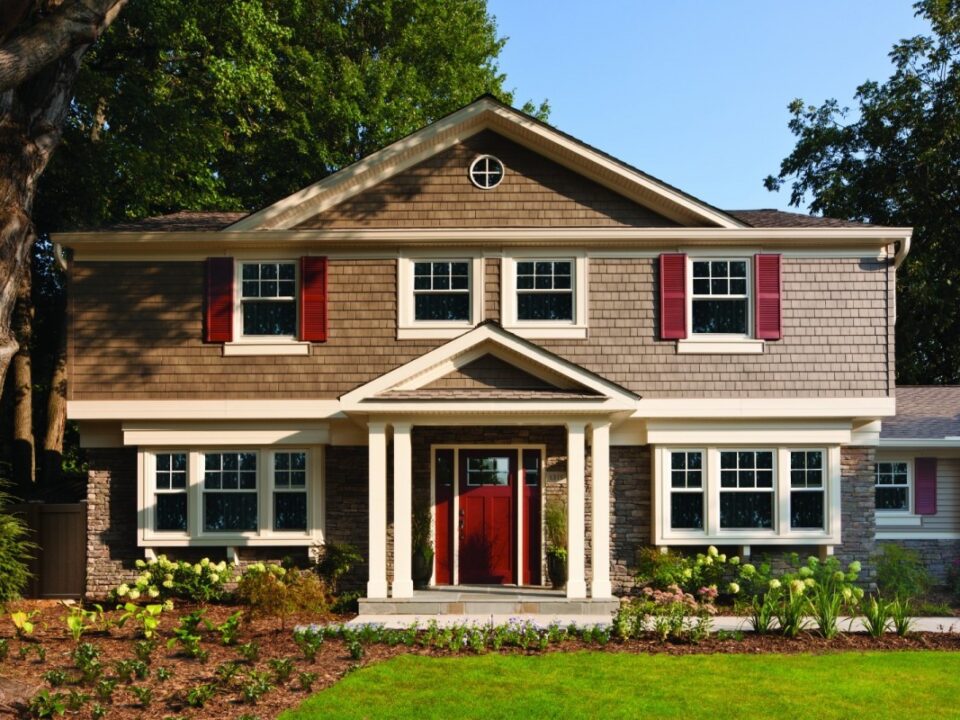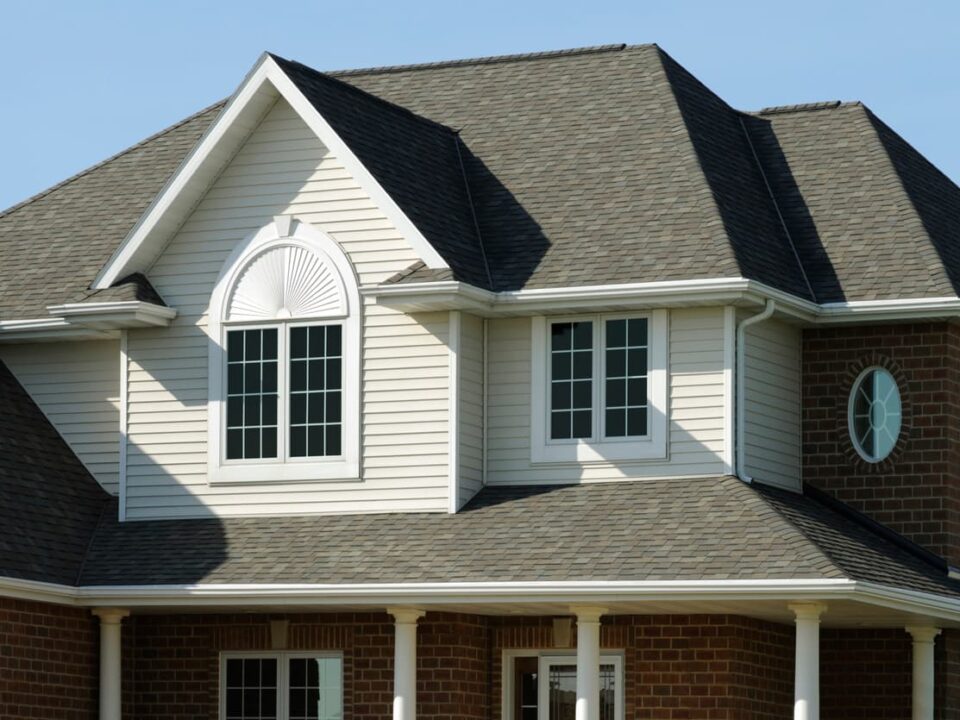
New Windows Are an Investment in Your Home
September 22, 2021
Avoid Potential Ice Dams on Your Roof This Year
September 24, 2021Although your roof may not be showing any visible signs of damage, there will come a time when you need to consider the age of your roof. If your roof is 10, 15, or 20 years old, you may want to start thinking about getting a new roof. One thing is for sure – a shingle roof will not last forever and taking care of replacing it before big problems develop is always a smart choice.

What is the Average Lifespan of a Shingle Roof?
There are several factors that go into figuring out the average life of a shingle roof. Materials, workmanship, and the climate all go into determining how long your roof will last. Asphalt shingles are the most common type of roofing materials, and they will typically last 15 to 20 years. Asphalt shingles provide a durable layer of protection and are usually very affordable. More expensive shingles, such as architectural shingles, are more expensive, but thicker and more durable, and will usually extend the life of your roof to 25-30 years. Other roofing materials, such as slate, tile, or metal, may last even longer, but are considerably more expensive. In addition to the type of shingles, the color of your roof, angle of your slope, orientation of the roof, attic ventilation, workmanship, and climate all make a difference. Although a roof may last 20-30 years, it will likely begin showing signs of age before that.
How to Take Good Care of Your Roof
To make your shingle roof last as long as possible, you need to focus on taking care of your roof. If you neglect your roof, you’ll shorten the lifespan. To get the most out of your roof and protect your investment, consider these simple tips:
-
Clean Your Gutters
Clogged gutters are more than an inconvenience. When your gutters clog, water can get into the roof sheathing and rot the sheathing as well as the rafters. Cleaning your gutters twice a year will help avoid damage to your roof.
-
Clear Your Roof
In addition to clogged gutters, an accumulation of leaves on your roof will trap moisture and gradually decompose, allowing mold, mildew, and even weeds to grow on your roof. In the winter, allowing heavy snow to sit on your roof can cause ice dams and the potential for a breakdown of the shingles. Using a roof rake is an inexpensive way to address the problem.
-
Kill What’s Growing
Moss and algae may grow on your roof. Algae won’t hurt your roof, but can give it an unsightly look. Moss is a bigger problem, since it will trap water. If you tackle it early it’s fairly easy to clean, but if you allow moss to build up, you may need the help of a roofer to address the issue.
Signs You Need a New Roof
A roof won’t last forever, and at some point you will need to invest in a new roof. You don’t want to wait until you have a leak to call a roofer. Check the attic for signs of light or streaks, as both of those may indicate a leaky roof. Look at your shingles for signs of cracking, buckling, or damage. If you see granules in your gutters or below the downspouts, that is another sign that your shingles are nearing the end of their life. Finally, look for signs of sagging or growth on the roof itself. This can mean that moisture is getting trapped and beginning to cause damage.
Investing in a new roof is not insignificant, but after 15-20 years it is an inevitability. Once you’ve made the decision to replace your roof, make sure you take care of it to get the maximum lifespan out of it. If your roof is starting to show signs of wear, we can help. Armorvue Home Exteriors has been installing new roofs in this community for over 75 years and we can help guide you through the process of a new roof installation. Contact us today for a virtual appointment.
Subscribe to ARMORVUE Home Exteriors’s Blog
Get ARMORVUE Window & Door’s latest articles straight to your inbox. Enter your name and email address below.




